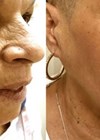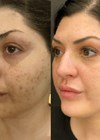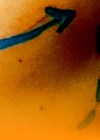More patients are demanding treatments that require little to no downtime and that have very little noticeable side-effects. It is understandable why patient seek this from a non-surgical aesthetic treatment; however, it can be particularly challenging when looking to treat any type of vascular or pigmented lesions.
Lasers are considered the gold-standard application, using a photothermal mechanism of action that will see darkening of the target chromophore as the light-based energy is absorbed, inducing thermal damage to the vessels or melanosmal clusters.
At PHI Clinic, we have the excel V+ platform by Cutera at our disposal, which allows us to choose a combination of the 532nm and 1064nm laser wavelengths, either in the traditional, high-energy mode, or in the unique, micro-pulsed mode known as the ‘Laser Genesis’ application. Laser Genesis allows me to use both wavelengths to treat superficially and deeper in the dermis without any risk of oedema, erythema or purpura, ensuring treatments remain extremely comfortable but most importantly, with no obvious or visible darkening of the lesions 24 hours post-treatment.
Patient selection and preparation
Laser Genesis can be used on any part of the body, but treatment of the face and neck are most common due to the obvious patient requirement for no noticeable side-effects. The best part of this technology is its versatility, helping us treat patients who are suffering from diffuse redness and superficial brown pigmentation, but also a wide range of ageing concerns, as the 1064nm wavelength penetrates deeper, allowing us to improve skin quality, build collagen and even improve the appearance of scar tissue.
As with any laser treatment, a full consultation and patch test is carried out to ensure patient suitability. The safety profile of this application is very high, evidenced by our ability to treat all skin types using the 1064nm Laser Genesis.
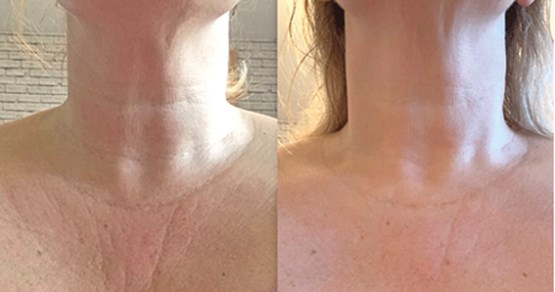
Photos courtesy of The Pink Door
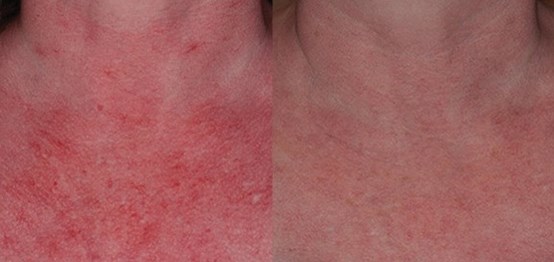
Photos courtesy of Gerald Goldberg, M.D.
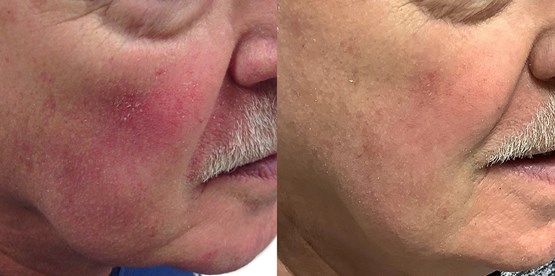
Photos courtesy of Stirling Skin Care Clinic
Before & after images.
Treatment
Laser Genesis uses an ultra-quick repetition rate combined with low fluence and incredibly short pulse durations of 0.5 and 1ms, delivered using a multi-pass technique. The pulse duration targets superficial fine vessels in the papillary dermis, while the wavelengths targets haemoglobin in the vasculature. This procedure promotes collagen regrowth by softly heating the upper dermis. The heat produced also induces cell regeneration, allowing a fresher, lighter and smoother complexion.
The wavelength and short pulse width combination makes it easy to target epidermal melanosome clusters, resulting in a significant improvement in pigmentary disorders like solar lentigos and diffused background pigment.
To achieve optimal results, I tend to combine both the micro-pulsed 532nm and the traditional 1064nm laser wavelengths. This combination provides a superior facial treatment. While you can see immediate results from a single procedure, I suggest three to six sessions depending on the patient’s desired outcome, spaced two to three weeks apart for the best results.
Aftercare
Laser Genesis offers the ideal patient experience through a series of quick, pain-free treatments that offer a gradual improvement to the appearance of vascular and pigmentary lesions, rather than a more traditional, high energy approach which will cause significant darkening of the lesion, together with some swelling. This mode also allows us to treat a multitude of other in-demand indications, all while allowing patients to resume their normal routines, immediately post-treatment.
Declaration of competing interests: None declared.
COMMENTS ARE WELCOME



